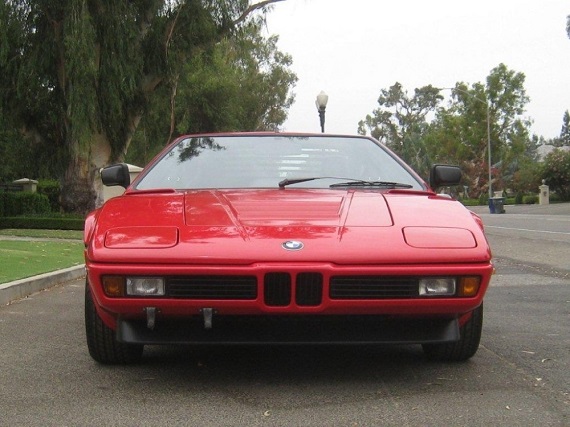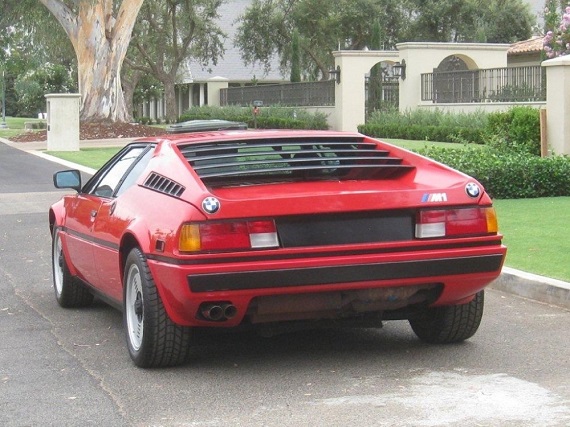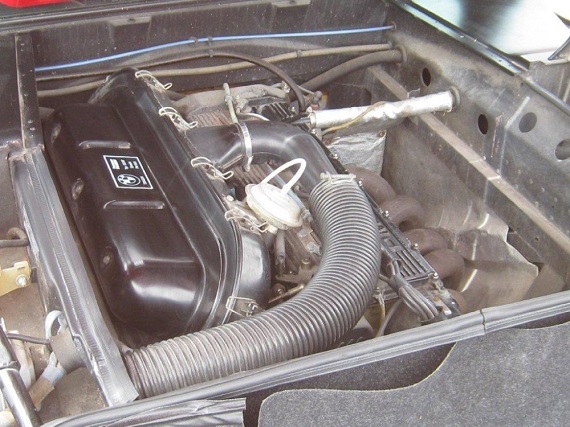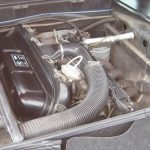In an article I penned for The Truth About Cars last week, I covered some of the development of the Wedge Era and how those spectacular show car designs channeled their design language down to more pedestrian models. One of the stars of that article were the cutting-edge looks from Giugiaro’s ItalDesign – the firm, and man, responsible for some of your favorites such as the basic shape for the Audi Quattro. But while the Quattro launched its brand into the luxury realm and redefined the 80s, the undisputed German star of the wedgey wonders was the BMW M1.
Like the Quattro, the M1 redefined and refined BMW’s core mission, helping to launch the Motorsport division along with the 3.0 CSL and 2002 Turbo. While Giugiaro had also had his hand in the M1’s design, the genesis of the shape lay in the much earlier Paul Bracq designed Turbo concept. Bracq, in turn, had undoubtedly been influenced by the late 1960s creations of both Giorgetto Giugiaro (at Ghia and ItalDesign) and Marcello Gandini (Bertone), as well as the efforts and splash rival Mercedes-Benz had made in 1969 with the C111 concept and record setter.
But while Daimler was hesitant to enter serial production with such a departure from their tried and true sedan designs, the M1 proved to be just the spark BMW was looking for to ignite the fire in driving enthusiast’s minds. It was, at the time, the Ultimate Driving Machine:
CLICK FOR DETAILS: 1980 BMW M1 on eBay
Year: 1980
Model: M1
Engine: 3.2 liter inline-6
Transmission: 5-speed manual
Mileage: Not Listed
Price: $595,000 Buy It Now
Gullwing offers no information or description about the history, mileage, mechanical condition or specifics about this example. Frankly, they don’t have to. The pictures tell the tale of a well preserved (and perhaps lightly restored) model, one of only 71 examples produced in Red. The black cloth and leather mix seats were standard fare for the M1, and there were no options available. Like many other creations of the period, the M1 was a FIA homologation special, so it was delivered in “take it or leave it” configuration with a pretty lofty pricetag which likely didn’t entirely cover its development costs. BMW had to produce 400 examples to cross the Group 4/5 threshold, and just managed – the company claims it made 453, of which 54 were destined for racing ventures. As I covered in another TTAC article, production of the M1 was a nightmare for the company, and due to regulation changes once they had finally made enough the racing series it was intended to dominate over. Yet BMW was able to parlay what was effectively a failure on track into a winner in the hearts of enthusiasts. Like cars such as the Mercedes-Benz 300SL and the Porsche 911 GT1, the M1 was a halo car that was more about marketing the company’s technical expertise than the model.
In terms of value, M1 asking prices have been a bit all over the map in the past decade, but Gullwing’s price on this is towards the top of the market. Hagerty currently values a condition 2 – Excellent – car $606,000, but as we’ve seen with Hagerty’s pricing, it isn’t necessarily indicative of what the market actually brings. Regardless, it’s out of the hands of 99.5% or better of the enthusiast population’s budget, so we can simply marvel at the beauty and mystique which created the M brand so popular today.
-Carter











That engine looks ridiculous.
Your write up is a great intro to the era; there is a lot of meat in a few words. Nicely done.
Half-million dollar car deserves an engine bay wipedown.
Thanks @Early8q!